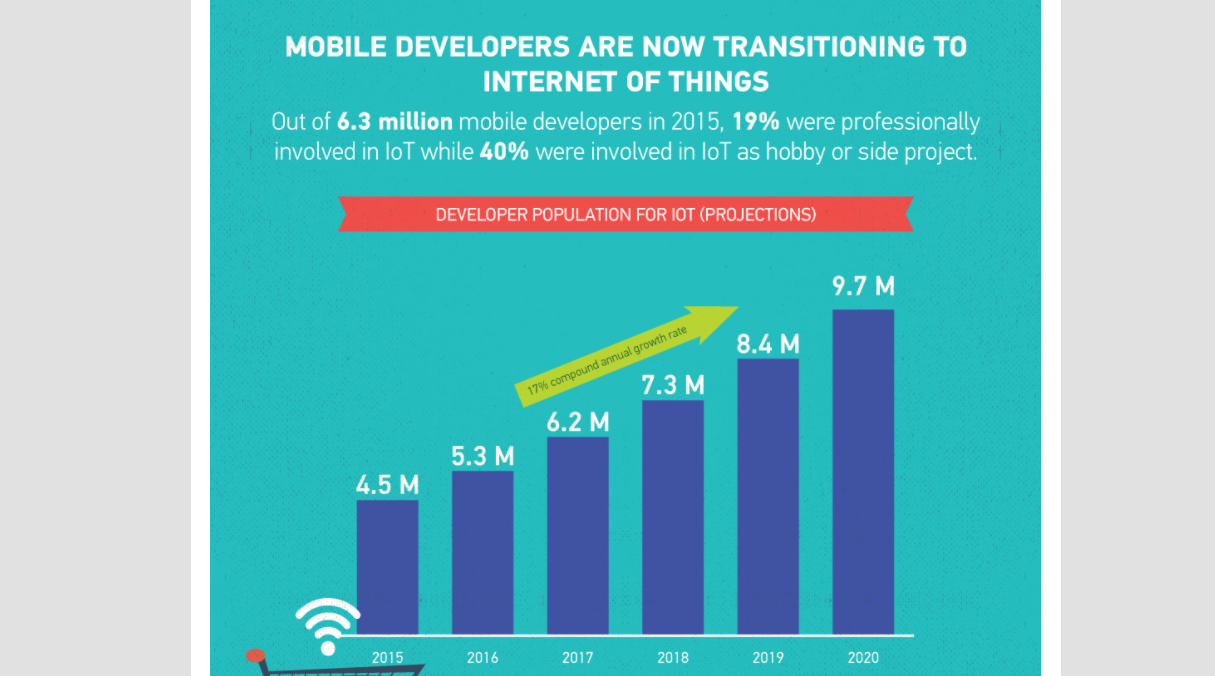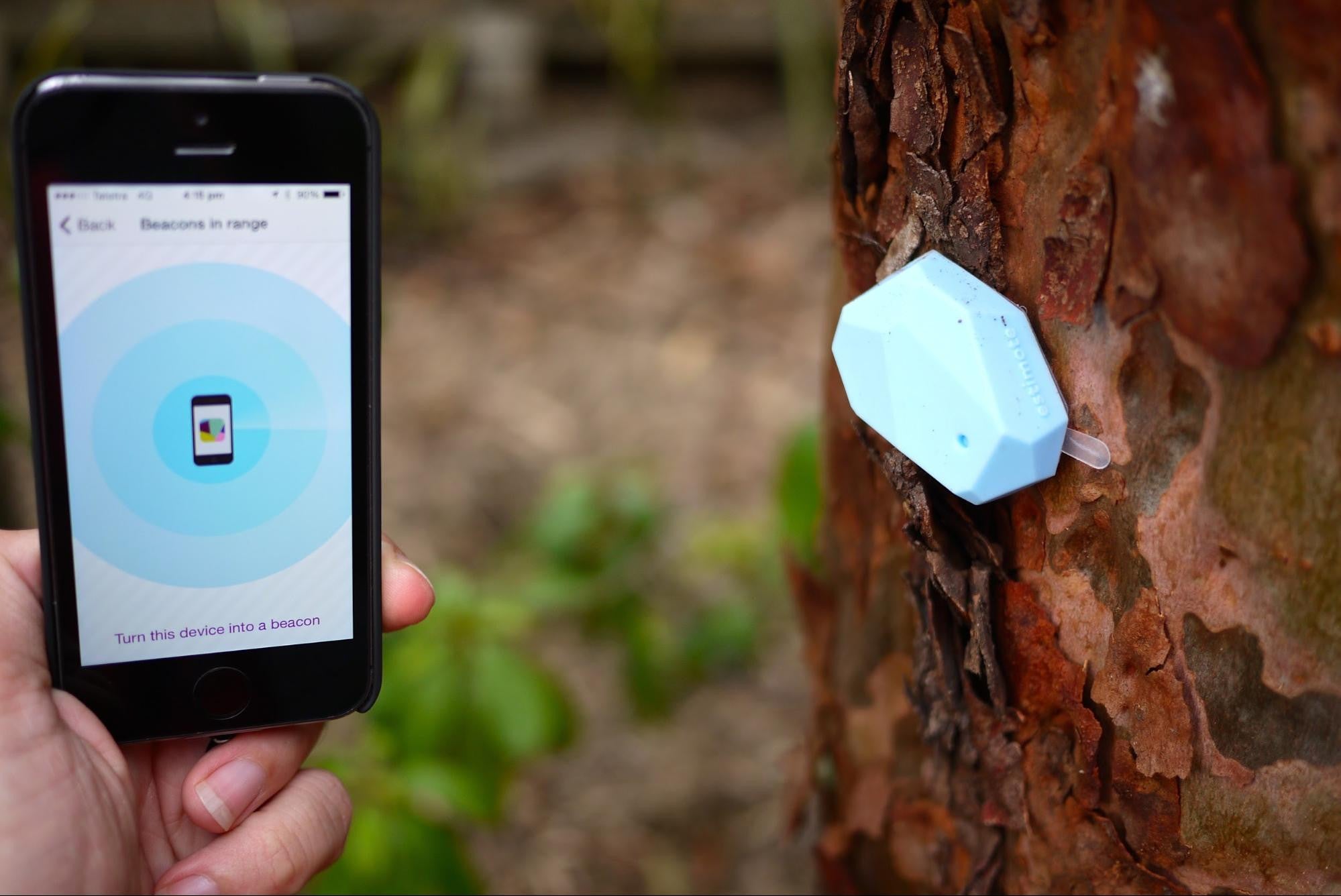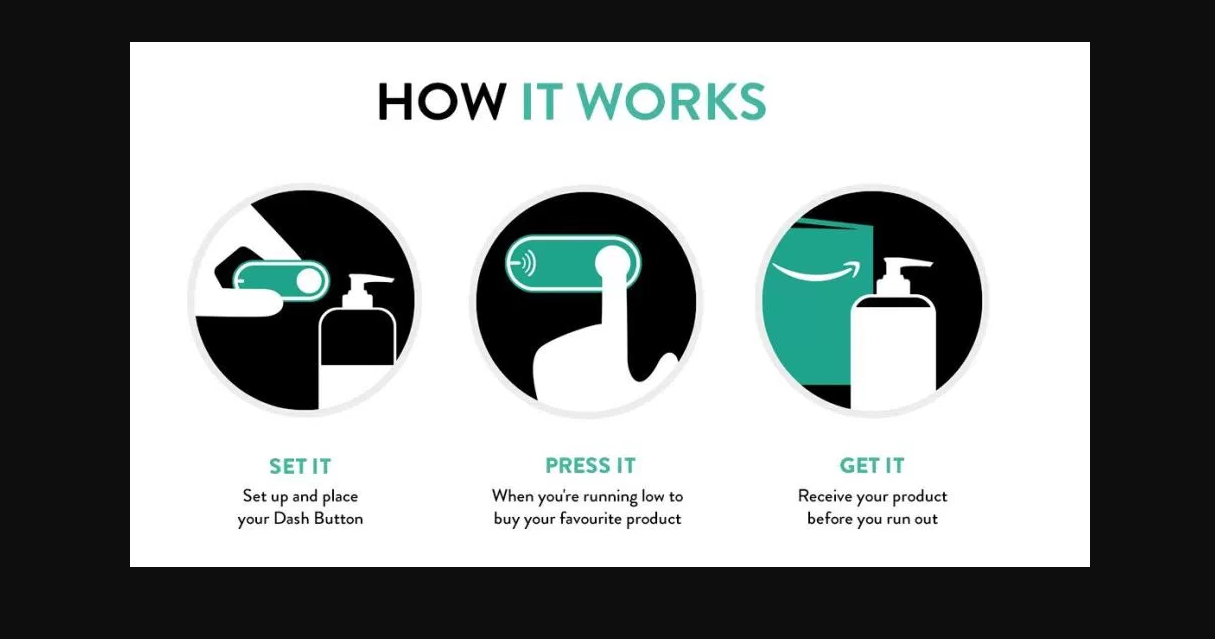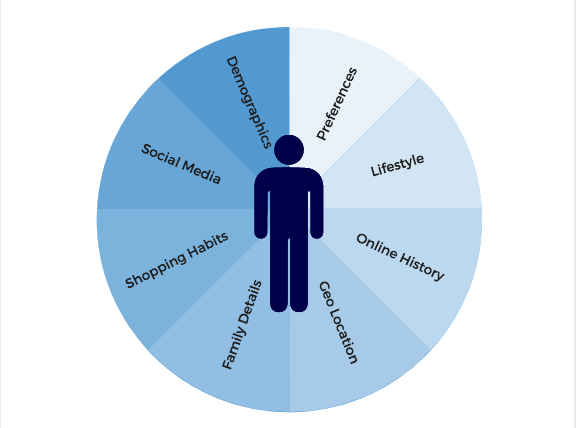With over 1200 different plugins already offered in the rapidly growing Shopify App Store, Shopify developers have excelled in recognizing emerging technologies and their potential applications in the ecommerce industry.
For example, September 2016 marked the launch of the first Shopify VR plugin, Thread Studio, a platform that allows users to test apparel designs by modeling them on mannequins. This followed the launch of the first Shopify store offered completely in virtual reality. Before that, developers integrated with AR pioneer Augment, which easily allows users to bring augmented reality to their Shopify store.
While Shopify developers and designers have been responsive to adopting tech trends like AR and VR, there are still emerging technologies that are ripe for integration with Shopify. Chief of these new technologies is the massively growing Internet of Things, or IoT.
IoT’s inevitable role in ecommerce creates an enormous opportunity for Shopify developers to harness this technology for their clients.
to harness this technology for their clients.
Below are just a few of IoT use cases, some theoretical, others already being widely implemented today. Either way, they are excellent examples of how ecommerce companies have capitalized on IoT, and how Shopify developers can begin to innovate within this new frontier.
What is IoT?
Simply put, IoT is the infrastructure of connectivity — a network between users and their physical environment. It encompasses not only communication between humans and devices, but also machine-to-machine communication, where devices work together to obtain and process data with no human interaction whatsoever.
With IoT, the same network used by your smartphone or tablet is extended to everyday objects: the car, the watch, and now, the retail store. What sounded like a distant, Jetson-esque fantasy just a few years ago is now very much a reality, and it’s only growing in size.
What sounded like a distant, Jetson-esque fantasy just a few years ago is now very much a reality, and it’s only growing in size.
The International Data Corporation, or IDC, projects that the IoT market will be worth as much as $1.5 trillion by 2020. Following the money, a steadily increasing amount of developers are transitioning to IoT-based projects, as shown in the infographic from VisionMobile below.

That’s a meteoric rise, and it not only indicates that IoT will remain relevant in the consciousness of tech, but also conveys a sense of powerful influence. The massive growth of the IoT will create thousands of new markets, and reshape countless others.
This is especially certain for ecommerce, an industry still in its relative infancy, and thus malleable enough to change, grow, and intertwine with new innovations in tech.
In fact, users have already expressed a desire for IoT compatibility with their businesses. One store owner, wanting a new notification method that wouldn’t bombard his phone and computer with noise, created his own IoT-based solution, a “notification bug.”
It’s a fun and useful gadget, but not every store owner could engineer that sort of integrated system. It’s up to Shopify Partners to offer these kind of IoT solutions, and to design other potential IoT use cases in ecommerce.
Let’s take a look at some IoT use cases, and delve into how Shopify developers can start innovating in this new realm of ecommerce.
You might also like: 17 Incredible Ecommerce Trends That Will Boost Your Sales in 2017.
1. Beacon technology
Consider a customer walking into a brick-and-mortar store, ready to shop, with their smartphone in hand. What if there was a way to recognize when a customer had entered, and automatically send promotions and discounts right to their phone?
What if, as they peruse the aisles, their phone notified them when they were looking at an item on sale. Or, that this item was available in their size? And if their size wasn’t in stock, what if this technology could check the merchant’s online store to see if it was available there?
These capabilities are not only possible, they’re already being implemented via beacon technology, one of the premier IoT solutions in ecommerce.
Beacons are small, unobtrusive, devices that communicate with a shopper’s smartphone to deliver promotions, discounts, and any other information a merchant wants to convey to their shoppers.

Many beacons feature GPS technology, so it can discern what items a customer is looking at as they walk down an aisle, and deliver relevant information about those items, right to a smartphone.
It’s a well-established technology in the consciousness of the retail industry — according to Business Insider, the beacon installed base will hit 3.5 million by next year. In addition, a joint study conducted by Kalypso & ThingWorks showed that 61 percent of consumers would do more shopping in a beacon-integrated store.
There’s a number of reputable beacon providers on the market already, ranging from industry giants like Apple, to companies dedicated entirely to the new tech, like BlueCatz or Gimbal. Best of all, they’re easy to setup and manage — all that’s left for developers to do is build a Shopify integration.
You might also like: How to Embed Shopify Stores into Mobile Games With the Unity Buy SDK.
2. One-touch buttons
Another technology quickly revolutionizing the way ecommerce transactions occur, are one-touch buttons, sometimes referred to as ‘click and go’ buttons. Amazon has already implemented this tech with their Dash buttons; perhaps it’s time for Shopify Partners to follow suit.
One-touch buttons are sleek, subtle, and can be placed near anything in the household that needs frequent replenishing, such as paper towels or garbage bags. When a user notices they’re running low, they simply press the button to reorder the product online.

It’s an elegant solution for both parties of the transaction. For the consumer, the inconspicuous button accomplishes shopping for household necessities without the hassle. For the merchant, the customer doesn’t need to interface with the website at all, eliminating the risk of an abandoned shopping cart entirely.
With Dash button orders up five-fold in 2016, and Amazon integrating an additional sixty brands by the end of the year, it appears the Dash button is heralding the transaction of the future — it’ll soon be widespread across other brands and merchants.
If Shopify developers can offer this kind of functionality, perhaps via the IoT button Amazon Web Services offers, the possibilities are endless.
3. Inventory solutions
One of the most interesting IoT use cases in ecommerce lies not in the direct realm of the customer, but rather in a problem inherent to the every store owner: inventory management.
One of the most interesting IoT use cases in ecommerce lies not in the direct realm of the customer, but rather in a problem inherent to the every store owner: inventory management.
Currently implemented technology usually entails a cloud-based inventory system, like Finale or ClearlyInventory. Items typically are scanned via RFID barcode, and relevant information such as quantity, SKU, and location are automatically recorded to be accessed later online.
When IoT is added into the mix, the quality, accuracy, and amount of this information skyrockets.
Smart RFID codes can track and communicate information, such as damage to the item or the item’s precise location. This significantly reduces the amount of lost or stolen merchandise, and helps a retailer better manage their inventory.
Additional sensors incorporated into these new RFID codes could track temperature, moisture, content, or any other properties relevant to the item.
IoT will even reshape the physical infrastructure of inventory. Smart shelves can automatically detect information about the objects placed on them, notifying the store owner when an item is running low.
This capability alone streamlines the inventory management process, eliminating the risk of human error, and ensuring there’s never a shortage of items in high demand.
While IoT inventory solutions, like the smart shelf, haven’t embedded themselves into the retail mainstream just yet, several companies are already offering IoT starter kits, which allow retailers to quickly setup a basic, yet custom, IoT platform for their business.
Developing IoT-based, inventory management solutions gives Shopify Partners an opportunity to provide clients with the cutting-edge tech needed to succeed in the ecommerce industry.
You might also like: Introducing Shopify’s Draft Orders API.
4. Aggregating customer data
As IoT technology becomes more and more established in the daily lives and routines of consumers, more data will be collected about their habits and behaviors.
On average, a retailer employing IoT technology is aggregating a higher amount of consumer data than their competitors, and can use that data to engage with their customers, offering them a significantly higher value.
On average, a retailer employing IoT technology is aggregating a higher amount of consumer data than their competitors, and can use that data to engage with their customers.
This data can range from personalized promotions based on a customer’s shopping habits, to identifying when a customer may need a warranty renewal, regular maintenance, or product repair.
Retailers aren’t limited to mining data from their own customers. Walmart has already begun implementing IoT technology to analyze social media data, and see what products are trending. With that information, they can effectively market to specific segments of their customer base.
Read more
- How We Built Out Our Reporting Dashboard with Shopify Polaris
- How we’re helping developers help merchants in 2022
- How to Use Future Scenario Planning in App Development
- 5 Reasons Your App UI is Causing Merchants to Uninstall
- 10 Ways to Establish Trust on Ecommerce Sites and Apps
- Persistence Matters: 6 Lessons From My First 6 Months on the Shopify App Store
- How to Upload Files with the Shopify GraphQL API and React

In short, the retailer that knows the shopping habits, histories, and preferences of their customers can create marketing campaigns tailored at almost the individual level.
If Shopify Partners can develop systems to collect and interface with this data, their merchants will get a competitive edge in the ecommerce sector. An excellent resource is Gartner’s guide on creating and implementing a IoT strategy that fits a business’ specific needs.
Putting it all together
As developers and designers, the fundamental essence of our work lies in innovation . Without innovation, we cannot exist in an industry that grows, changes, forms, and reforms faster than any other.
. Without innovation, we cannot exist in an industry that grows, changes, forms, and reforms faster than any other.
As the Internet of Things continues to emerge, and inevitably grows into a staple of the technology industry, we must embrace it. Shopify Partners are dedicated to providing the best available solutions to their clients — with IoT, that next solution has arrived.
Shopify Partners are dedicated to providing the best available solutions to their clients — with IoT, that next solution has arrived.
Here’s a quick recap of what we covered above:
- Beacon technology creates an interactive experience for the customer as soon as they set foot in a store, offering promotions personalized to that customer, based on their shopping history or their location in the store.
- Software that can interface with one-touch buttons is in dire need of development, as the ‘click and go’ transaction becomes commonplace in every household.
- Developing systems that optimize supply chain logistics are more relevant now than ever before, as retailers look for innovative solutions to the ancient problem of inventory management.
- The modern retailer needs to aggregate as much customer data as possible to stay competitive, a task that can’t be accomplished without the assistance of a system that can accurately collect and analyze that valuable data.
And these are just some IoT use cases in the ecommerce sector. As new plugins are developed by Shopify Partners, more cutting-edge applications for IoT in ecommerce will come to fruition, creating better solutions for seller and buyer alike.




